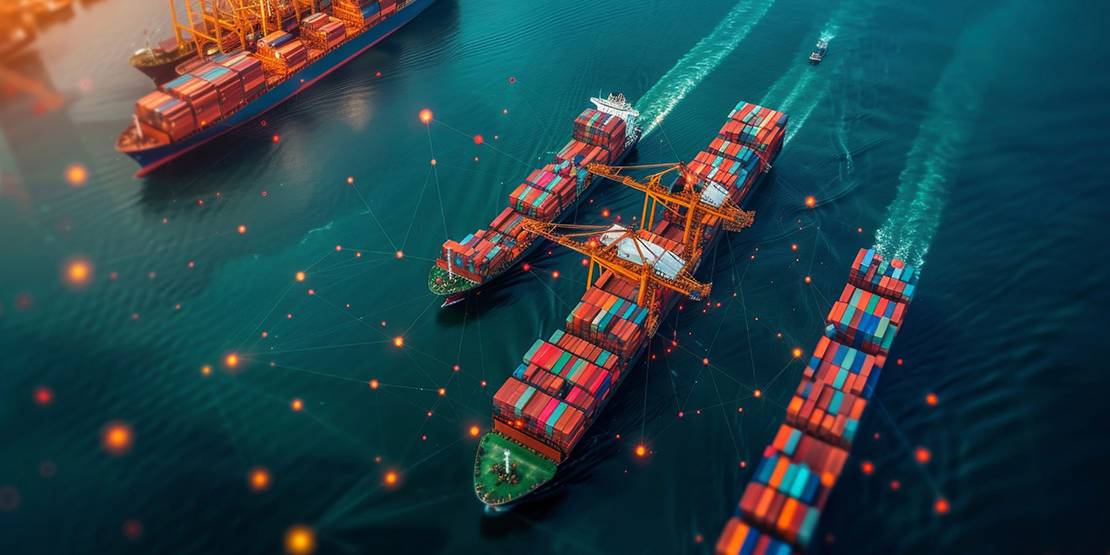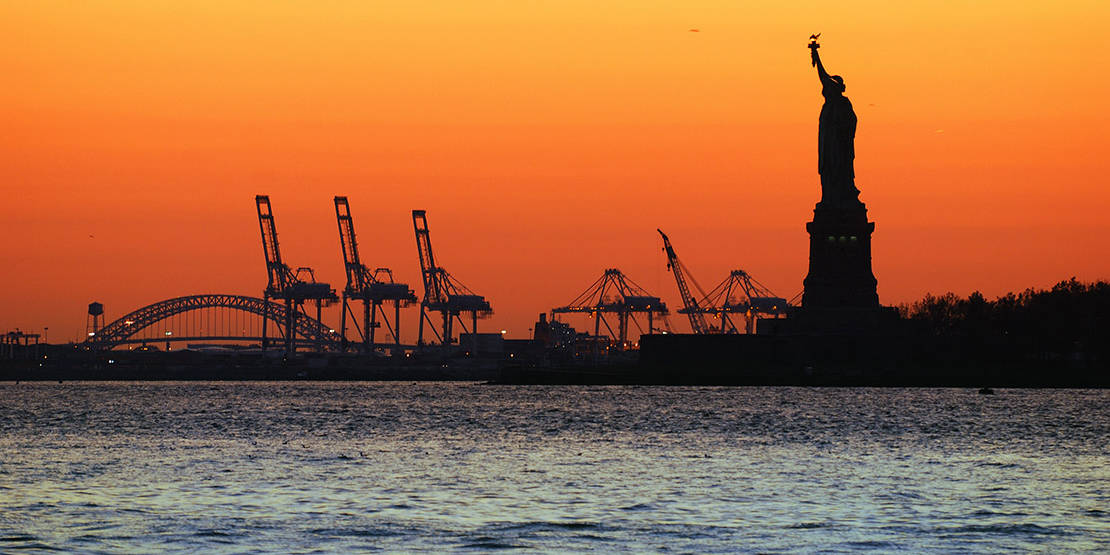A severe drought season has resulted in the Panama Canal reducing the capacity that can pass through, which could halt the recent shift from US West Coast to East Coast ports.
The Panama Canal Authority (ACP) looks set to further reduce the maximum draft for ships passing through the waterway, meaning carriers will need to lighten the loads on Asia to US East Coast ‘all water’ loops.
In response, some carriers have already implemented a PCC (Panama Canal Charge) of around $500 per container, which will be effective from June, on traffic that transits the canal.
The additional cost of moving these containers may swing container traffic back to West Coast ports that lost volume to their East Coast rivals post pandemic. Not least, the Port of Los Angeles, which is currently operating around 70% capacity.
Approximately 14,000 ships use the Panama Canal every year, which is the only major gateway between the Atlantic and the Pacific Oceans. However, this drought season has hit the region hard, leading to capacity limits being put on larger type ships by the ACP.
The Panama Canal gets its water supply from 2 artificial lakes that are around 25 metres above sea level and rainwater flows down through a series of tiered locks to operate it. Water levels in the lakes have fallen by almost ten metres in the past couple of months.
If you have any questions regarding the above, then Westbound are here to help. So, please do not hesitate to contact us.

Become a Westbound VIP
From simpler bookings, communication, and collaboration to reporting, insights, and more, our intuitive cloud platform puts everything in one place. So you get control, efficiency, and transparency, and a launchpad for your supply chain.
Related Posts
11/12/2024
US Port Strike May Still Be On The Horizon For New Year
While October's US East & Gulf Coast…


